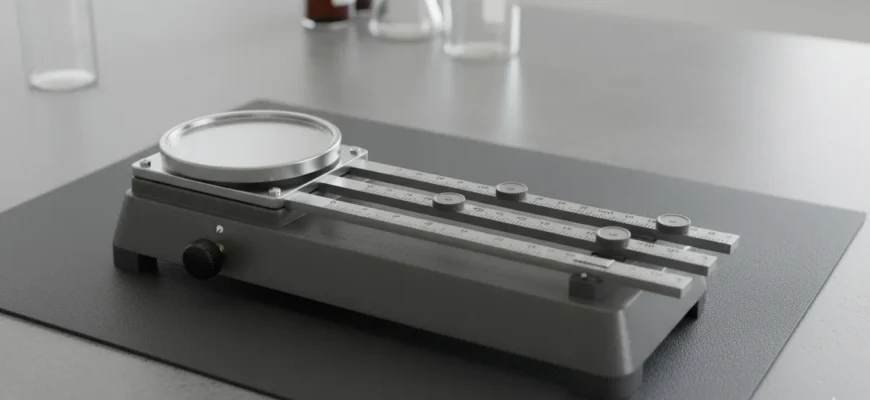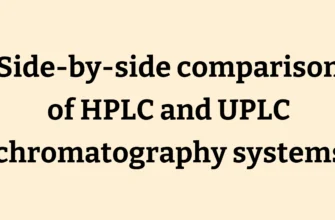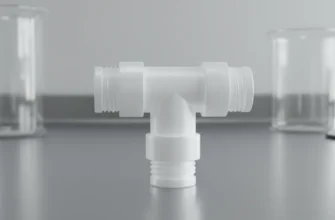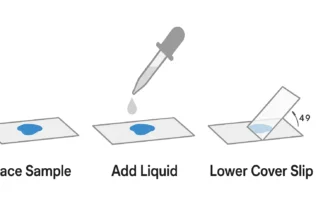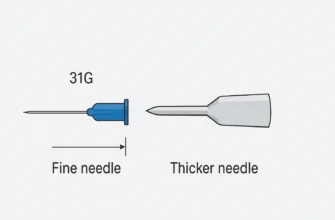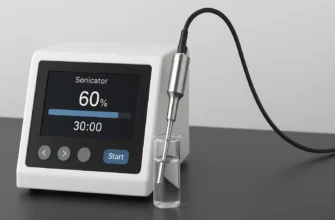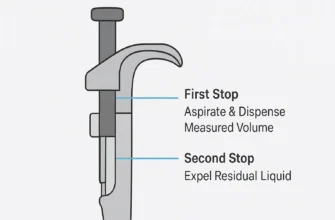Understanding the Beam Balance Laboratory Apparatus: A Student’s Guide
Main Takeaway: Mastering the beam balance develops critical hands-on skills in mass measurement and equilibrium, reinforcing scientific principles more effectively than digital scales.
Key Highlights
-
A beam balance is a mechanical instrument that compares an unknown mass with known masses for precise measurements.
-
The triple beam balance is ubiquitous in classrooms due to its accuracy (often to 0.1 g) and durability.
-
Proper technique—zeroing, centering the sample, and systematic rider adjustment—ensures reliable results.
-
Regular calibration with certified weights and routine maintenance preserve accuracy over time.
-
While analytical and digital balances offer higher precision, the beam balance remains indispensable for teaching core scientific concepts without reliance on power.
1. What Is a Beam Balance?
A beam balance (mechanical balance) measures mass by equilibrating an unknown object against standard masses. It operates on a pivoted beam: one pan holds the sample, the opposite side carries sliding riders calibrated in set increments. When the beam’s pointer aligns with the zero mark, the masses are equal.
Purpose: Determine mass accurately without measuring gravitational force directly.
Advantage: No power needed, tactile learning experience, precision up to 0.01 g in some models.
2. Common Classroom Models
2.1 Triple Beam vs. Double Beam
| Feature | Triple Beam | Double Beam |
|---|---|---|
| Number of beams | Three (typically 100 g, 10 g, 1 g) | Two (e.g., 500 g and 50 g) |
| Precision | Higher (often 0.1 g or 0.01 g) | Moderate |
| Typical use | Fine measurements, chemistry labs | General educational use |
2.2 Other Balances
-
Analytical Balance: Enclosed draft shield, precision to 0.0001 g—ideal for research and pharmaceuticals.
-
Precision (Top-loading) Balance: Digital readout, precision around 0.01 g—balanced between beam and analytical models.
-
Digital Scales: Convenient and fast, though often opaque (“black-box”) for teaching fundamental principles.
3. Anatomy of a Triple Beam Balance
-
Weighing Pan: Stainless steel platform for samples.
-
Beams and Riders: Three graduated beams with notched grooves ensure riders click securely.
-
Pointer and Zero Scale: Indicates balance when aligned at the center mark.
-
Zero-Adjustment Knob: Calibrates the empty balance to zero before each use.
-
Magnetic Damping (on some models): Stabilizes beam movement quickly.
Each component contributes to reproducible measurements by minimizing external disturbances and ensuring precise rider placement.
4. Using a Triple Beam Balance: Step-by-Step
-
Zero the Balance: With all riders at zero, use the adjustment knob until the pointer rests at the zero mark.
-
Place the Sample: Center the object gently on the pan.
-
Adjust Riders:
-
Begin with the largest rider: move until the pointer dips below zero, then step back one notch.
-
Repeat with medium and small riders.
-
-
Record Mass: Sum the three rider values for the total mass.
Common Errors to Avoid:
-
Skipping zeroing
-
Off-center placement
-
Parallax when reading the pointer
5. Calibration & Maintenance
5.1 Calibration Procedure
-
Place a certified calibration weight on the pan.
-
If reading ≠ known mass, access internal calibration weights (under the pan) to fine-tune.
-
Repeat until the measured value matches the standard.
5.2 Routine Maintenance
-
Wipe pan and beam with a soft, lint-free cloth.
-
Inspect for corrosion or wear on riders and beam grooves.
-
Lubricate moving parts per manufacturer’s instructions.
-
Store in a dust-free, stable environment.
6. Educational Value & Applications
-
Core Experiments: Mass determination, density calculations, percent composition.
-
Learning Outcomes: Hands-on understanding of equilibrium, cause-and-effect in measurement, data reliability.
-
Engagement: Manual adjustment fosters deeper conceptual grasp than passive digital readouts.
“Using a beam balance transforms abstract mass concepts into tangible learning experiences,” a high school instructor noted.
7. Choosing the Right Balance
| Criterion | Beam Balance | Analytical Balance |
|---|---|---|
| Precision | Up to 0.01 g | Up to 0.0001 g |
| Power | None | Electricity |
| Use case | Education, general lab | Advanced research |
| Cost | Low | High |
Conclusion
A well-maintained beam balance is more than just a scale—it’s a pedagogical tool that builds foundational skills in precision measurement and scientific reasoning. By mastering its use, calibration, and care, students gain the confidence and competence essential for advanced scientific inquiry.
Frequently Asked Questions
What features matter most in a student beam balance?
Durability (metal housing), ease of rider movement (notched beams), clear pointer scale, and a zero-adjustment knob.
Which mistakes compromise accuracy?
Failing to zero, off-center samples, reading at an angle, and neglecting calibration.
How does a beam balance enhance learning?
It demystifies measurement by requiring students to manipulate riders and observe equilibrium firsthand, reinforcing theoretical concepts through practice.

